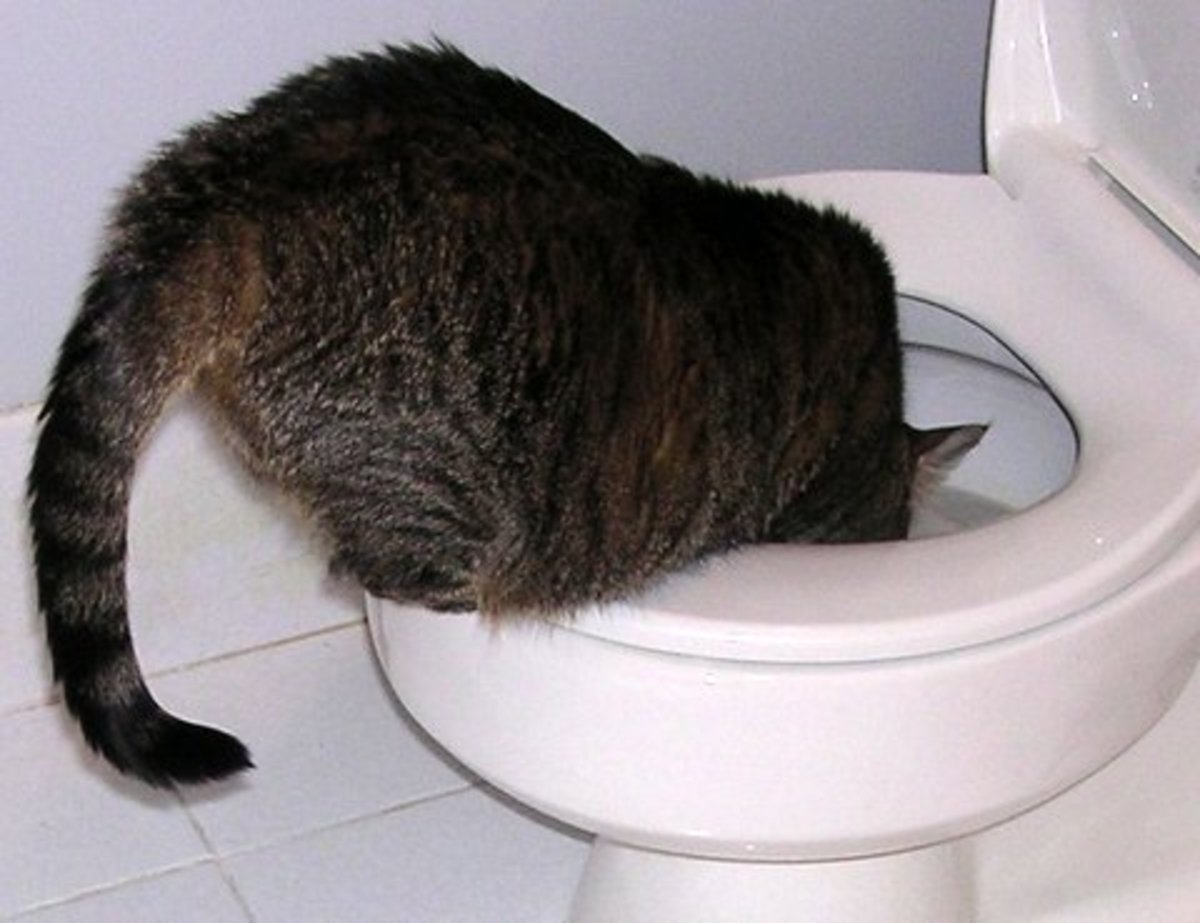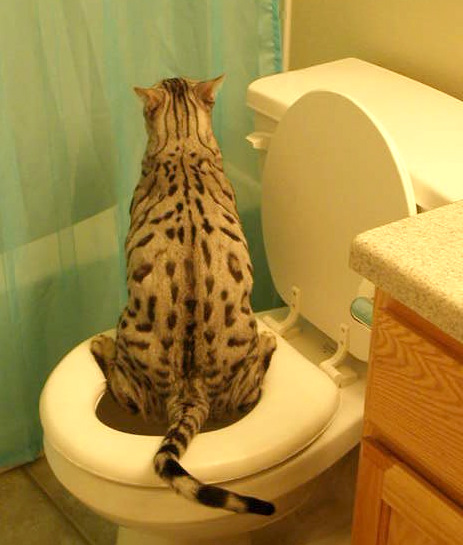Are you currently on the lookout for facts around How to Dispose of Cat Poop and Litter Without Plastic Bags?

Introduction
As pet cat proprietors, it's important to bear in mind how we dispose of our feline pals' waste. While it might seem hassle-free to purge cat poop down the commode, this practice can have detrimental effects for both the environment and human health and wellness.
Environmental Impact
Purging pet cat poop introduces hazardous microorganisms and parasites into the water, presenting a significant threat to aquatic environments. These contaminants can negatively influence marine life and concession water top quality.
Health Risks
Along with ecological worries, purging cat waste can also posture health and wellness dangers to human beings. Pet cat feces may have Toxoplasma gondii, a bloodsucker that can create toxoplasmosis-- a potentially extreme illness, especially for expectant females and people with weakened immune systems.
Alternatives to Flushing
Luckily, there are more secure and more responsible means to deal with feline poop. Consider the adhering to alternatives:
1. Scoop and Dispose in Trash
One of the most common method of taking care of cat poop is to scoop it right into an eco-friendly bag and toss it in the trash. Make certain to use a specialized litter scoop and deal with the waste quickly.
2. Use Biodegradable Litter
Opt for eco-friendly cat trash made from materials such as corn or wheat. These clutters are eco-friendly and can be securely gotten rid of in the garbage.
3. Hide in the Yard
If you have a lawn, take into consideration burying pet cat waste in a designated area away from veggie yards and water sources. Make sure to dig deep sufficient to avoid contamination of groundwater.
4. Set Up a Pet Waste Disposal System
Buy a pet waste disposal system especially developed for pet cat waste. These systems make use of enzymes to break down the waste, lowering smell and environmental impact.
Conclusion
Responsible pet possession expands beyond offering food and shelter-- it likewise involves correct waste administration. By refraining from flushing cat poop down the toilet and choosing different disposal approaches, we can decrease our environmental footprint and protect human wellness.
Why Can’t I Flush Cat Poop?
It Spreads a Parasite
Cats are frequently infected with a parasite called toxoplasma gondii. The parasite causes an infection called toxoplasmosis. It is usually harmless to cats. The parasite only uses cat poop as a host for its eggs. Otherwise, the cat’s immune system usually keeps the infection at low enough levels to maintain its own health. But it does not stop the develop of eggs. These eggs are tiny and surprisingly tough. They may survive for a year before they begin to grow. But that’s the problem.
Our wastewater system is not designed to deal with toxoplasmosis eggs. Instead, most eggs will flush from your toilet into sewers and wastewater management plants. After the sewage is treated for many other harmful things in it, it is typically released into local rivers, lakes, or oceans. Here, the toxoplasmosis eggs can find new hosts, including starfish, crabs, otters, and many other wildlife. For many, this is a significant risk to their health. Toxoplasmosis can also end up infecting water sources that are important for agriculture, which means our deer, pigs, and sheep can get infected too.
Is There Risk to Humans?
There can be a risk to human life from flushing cat poop down the toilet. If you do so, the parasites from your cat’s poop can end up in shellfish, game animals, or livestock. If this meat is then served raw or undercooked, the people who eat it can get sick.
In fact, according to the CDC, 40 million people in the United States are infected with toxoplasma gondii. They get it from exposure to infected seafood, or from some kind of cat poop contamination, like drinking from a stream that is contaminated or touching anything that has come into contact with cat poop. That includes just cleaning a cat litter box.
Most people who get infected with these parasites will not develop any symptoms. However, for pregnant women or for those with compromised immune systems, the parasite can cause severe health problems.
How to Handle Cat Poop
The best way to handle cat poop is actually to clean the box more often. The eggs that the parasite sheds will not become active until one to five days after the cat poops. That means that if you clean daily, you’re much less likely to come into direct contact with infectious eggs.
That said, always dispose of cat poop in the garbage and not down the toilet. Wash your hands before and after you clean the litter box, and bring the bag of poop right outside to your garbage bins.
https://trenchlesssolutionsusa.com/why-cant-i-flush-cat-poop/

I'm just very involved in Can You Flush Cat Poop Down The Toilet? and I really hope you liked the new post. Please take the time to distribute this entry if you enjoyed reading it. I recognize the value of reading our article about Can You Flush Cat Poop Down The Toilet?.
Check It Out